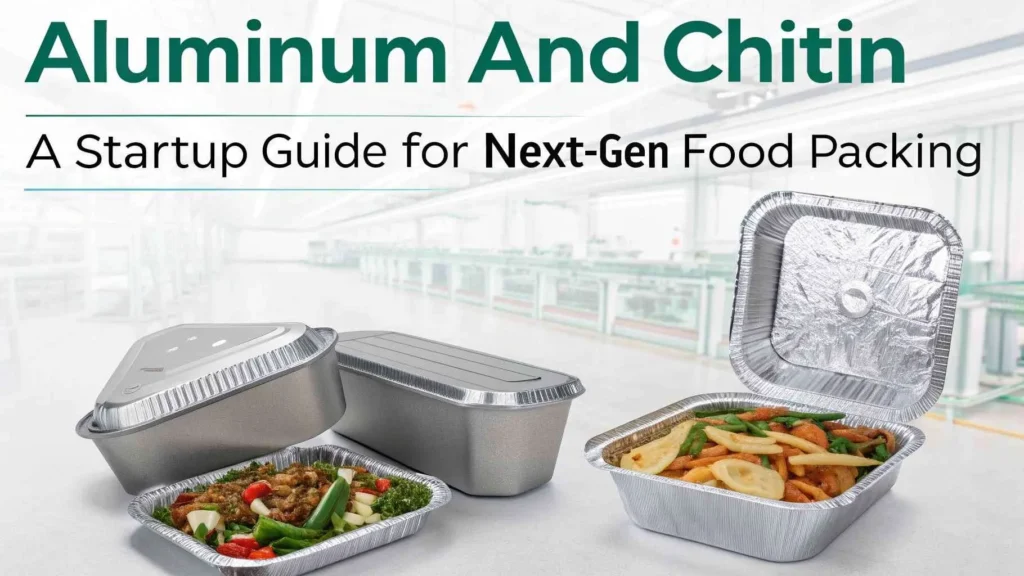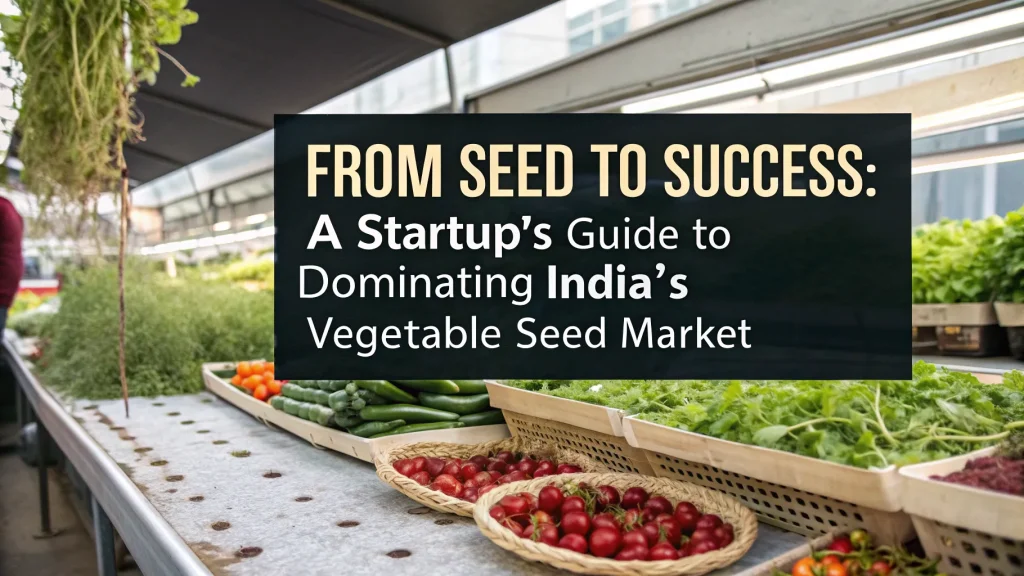In recent years, the demand for herbal and health-based beverages has surged due to increasing awareness around wellness and lifestyle choices. Among these, herbal wine manufacturing has emerged as a promising segment, combining the goodness of medicinal herbs with the appeal of traditional alcoholic beverages. Unlike conventional wines that rely solely on fruits like grapes, herbal wines incorporate botanicals such as tulsi, ashwagandha, ginger, licorice, and other therapeutic herbs. These wines are not just a source of recreation but also believed to offer health benefits like improved digestion, immunity boost, and stress relief.
Market Scope and Opportunity in Herbal Wine Manufacturing
The global herbal wine market is projected to witness steady growth, driven by the wellness boom and consumers shifting toward alternative health drinks. In India, this segment is still nascent but growing, with Ayurveda and herbalism playing a crucial role in product innovation. Entrepreneurs planning to enter the herbal wine manufacturing business can capitalize on both domestic demand and export potential.
Increasing acceptance of herbal products and the rising middle-class population willing to try premium and natural beverages are major growth drivers. In addition, herbal wine appeals to niche audiences like yoga practitioners, holistic health followers, and conscious millennials. With the right positioning, this market segment can deliver lucrative returns, especially for startups focused on artisanal, organic, and sustainable products.
See Also: Snack Food Factory
Key Highlights of the Herbal Wine Manufacturing Business
-
Product Definition: Herbal wine is an alcoholic beverage created by fermenting herbs either directly or in combination with fruits and spices. The process involves careful formulation to balance taste, aroma, and medicinal properties.
-
Variants: Popular variants include tulsi wine, hibiscus wine, rose petal wine, ginger and turmeric wine, and ashwagandha-based blends. These are often sweet or semi-sweet with a relatively low alcohol content (6-12%).
-
Target Market: Urban wellness consumers, herbal product users, specialty wine drinkers, and export markets in Europe, Japan, and the USA.
-
Business Models: Options include setting up your own brand with in-house production, contract manufacturing with third-party units, or building a micro-winery targeting local markets and wine festivals.
Step-by-Step Plan for Setting Up a Herbal Wine Manufacturing Unit
1. Project Planning & Feasibility Study
Start by conducting a comprehensive feasibility study. This includes market demand assessment, identifying your USP (e.g., organic, ayurvedic-certified, vegan wine), and selecting herbs based on availability and benefits. The initial budget for a small-scale herbal winery can range between ?25–?60 lakhs, depending on capacity and automation.
2. Location & Infrastructure
Choose a location with access to fresh herbs or medicinal plants, preferably near an agricultural belt or Ayurvedic herb suppliers. A semi-urban location with good transportation, water, and electricity is ideal. The infrastructure must include fermentation tanks, a bottling line, filtration units, a laboratory for quality testing, and a tasting room (optional).
3. Raw Material Sourcing
Secure long-term contracts with farmers or herb growers for a steady supply of ingredients like tulsi, ashwagandha, lemongrass, hibiscus, and shatavari. Additional ingredients include sugar, yeast, distilled water, spices, and sometimes fruit bases. Emphasis should be placed on organic or pesticide-free sourcing.
4. Manufacturing Process
The herbal wine manufacturing process includes:
-
Herb Preparation: Cleaning, drying, and grinding herbs as needed.
-
Extraction: Soaking or boiling herbs to extract active compounds.
-
Fermentation: Mixing herbal extract with sugar and yeast, then fermenting for 7–30 days.
-
Clarification and Maturation: Filtering sediments and aging the wine to develop flavor.
-
Bottling and Labeling: Final product is pasteurized, bottled, sealed, and labeled under hygienic conditions.
Temperature control, pH balance, and hygiene are critical throughout the process to avoid spoilage and maintain quality.
5. Legal Compliance & Licensing
Alcohol-based products require significant compliance in India. Licenses and registrations include:
-
FSSAI license (for food safety)
-
State Excise License (for alcohol manufacturing and sale)
-
Pollution Control Board NOC
-
Trade license and GST registration
-
Trademark for brand protection
Additionally, each state may have different excise norms. Engage a legal consultant or industry expert for guidance.
6. Branding and Marketing
Herbal wine is a lifestyle product, and branding plays a key role in consumer adoption. Focus on health-conscious branding, eco-friendly packaging, and storytelling around herbs used. Use premium glass bottles with natural corks and herbal motifs.
Marketing strategies should include:
-
Social media campaigns targeting wellness communities
-
Sampling in yoga studios, organic stores, and wellness retreats
-
Collaborations with Ayurvedic influencers and sommeliers
-
Listing on e-commerce platforms (subject to alcohol sale norms in each region)
Participate in trade shows, health expos, and wine festivals to build brand visibility.
7. Financial Estimates
Here’s an indicative cost breakdown for a small-scale unit producing 1,000 liters/month:
| Expense Category | Estimated Cost (INR) |
|---|---|
| Land & Building (Lease/EMI) | 8,00,000 |
| Machinery & Equipment | 10,00,000 |
| Licensing & Legal | 3,00,000 |
| Raw Material (1st 3 months) | 2,50,000 |
| Branding & Marketing | 2,00,000 |
| Manpower & Salaries (3 months) | 3,00,000 |
| Contingency & Overheads | 2,50,000 |
| Total Investment | ?31,00,000 |
The unit can generate monthly revenue of ?3–?5 lakhs depending on product pricing, which may range from ?350–?800 per 750ml bottle, based on the herbs and quality.
With proper execution, ROI can be expected in 18–24 months.
Challenges and Risk Factors
While herbal wine manufacturing offers immense potential, it also involves unique challenges:
-
Stringent alcohol licensing regulations
-
Maintaining consistency in flavor and health benefits
-
Consumer education and overcoming skepticism
-
Distribution restrictions across state lines in India
-
Climate sensitivity of fermentation and storage
Thorough quality control, robust supply chain partnerships, and transparent communication around herbal ingredients are crucial for long-term success.
Sustainability & Future Trends
As climate concerns and organic trends grow, herbal wine can tap into sustainable and green branding. Key future opportunities include:
-
Exporting to herbal product markets globally
-
Innovating with alcohol-free herbal wines
-
Subscription boxes for herbal wine clubs
-
Infusing regional Ayurveda concepts into recipes
With rising wellness awareness, herbal wine manufacturing can evolve from niche to mainstream over the next decade. Government schemes supporting MSMEs, food processing units, and herbal startups can also be explored for grants and incentives.
See Also: Foreign Buyers
Conclusion
Starting a herbal wine manufacturing unit is a forward-thinking business idea for entrepreneurs passionate about health, tradition, and innovation. By merging the rich legacy of Ayurvedic herbs with the modern wine experience, this venture can create a unique market segment. Strategic planning, regulatory awareness, and a strong brand narrative will be essential for building a successful and sustainable herbal wine brand in India and beyond.





